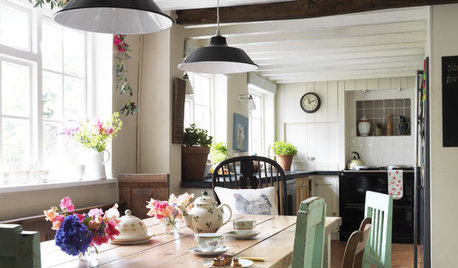G.30 Rootstock Final Size
megamav
10 years ago
Related Stories

HOUSEKEEPINGDishwasher vs. Hand-Washing Debate Finally Solved — Sort Of
Readers in 8 countries weigh in on whether an appliance saves time, water and sanity or if washing by hand is the only saving grace
Full Story
ORGANIZINGGet the Organizing Help You Need (Finally!)
Imagine having your closet whipped into shape by someone else. That’s the power of working with a pro
Full Story
KITCHEN OF THE WEEKKitchen of the Week: Goodbye, Honey Oak — Hello, Minty Green
After more than 30 years, the Kloesels revamped their space to reflect their rural country town and Victorian-style home
Full Story
EDIBLE GARDENSHow to Add an Apple Tree to Your Edible Garden
Readily available, beautiful and fragrant, apple trees offer four-season interest along with crisp, juicy fruit
Full Story
KITCHEN APPLIANCESFind the Right Cooktop for Your Kitchen
For a kitchen setup with sizzle, deciding between gas and electric is only the first hurdle. This guide can help
Full Story
MOST POPULAR4 Obstacles to Decluttering — and How to Beat Them
Letting go can be hard, but it puts you more in control of your home's stuff and style. See if any of these notions are holding you back
Full Story
SIDE YARD IDEASNarrow Trees for Tight Garden Spaces
Boost interest in a side yard or another space-challenged area with the fragrance and color of these columnar trees
Full Story
FRONT YARD IDEASBefore and After: Front Lawn to Prairie Garden
How they did it: Homeowners create a plan, stick to it and keep the neighbors (and wildlife) in mind
Full Story
GARDENING GUIDESGet on a Composting Kick (Hello, Free Fertilizer!)
Quit shelling out for pricey substitutes that aren’t even as good. Here’s how to give your soil the best while lightening your trash load
Full StoryMore Discussions









alan haigh
megamavOriginal Author
Related Professionals
Fort Lee Landscape Architects & Landscape Designers · Glassmanor Landscape Architects & Landscape Designers · Harvey Landscape Architects & Landscape Designers · Byram Landscape Contractors · Conroe Landscape Contractors · Desert Hot Springs Landscape Contractors · Dudley Landscape Contractors · Forest Hills Landscape Contractors · Hendersonville Landscape Contractors · La Mirada Landscape Contractors · Old Saybrook Landscape Contractors · Oviedo Landscape Contractors · Pahrump Landscape Contractors · Plainview Landscape Contractors · Vacaville Landscape Contractorsalan haigh
Chris-7b-GA
alan haigh
bob_z6
alan haigh
fruitnut Z7 4500ft SW TX
Noogy
alan haigh
Chris-7b-GA
megamavOriginal Author
megamavOriginal Author
bob_z6
Chris-7b-GA
bob_z6